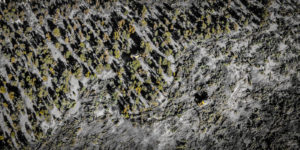The travel planning process gives the BLM a chance to get things right by providing access to trailheads, scenic overlooks, and recreation opportunities while protecting the reason people want to drive to such remote areas in the first place: to enjoy the unspoiled beauty of Utah’s unparalleled public lands and...
Read More










